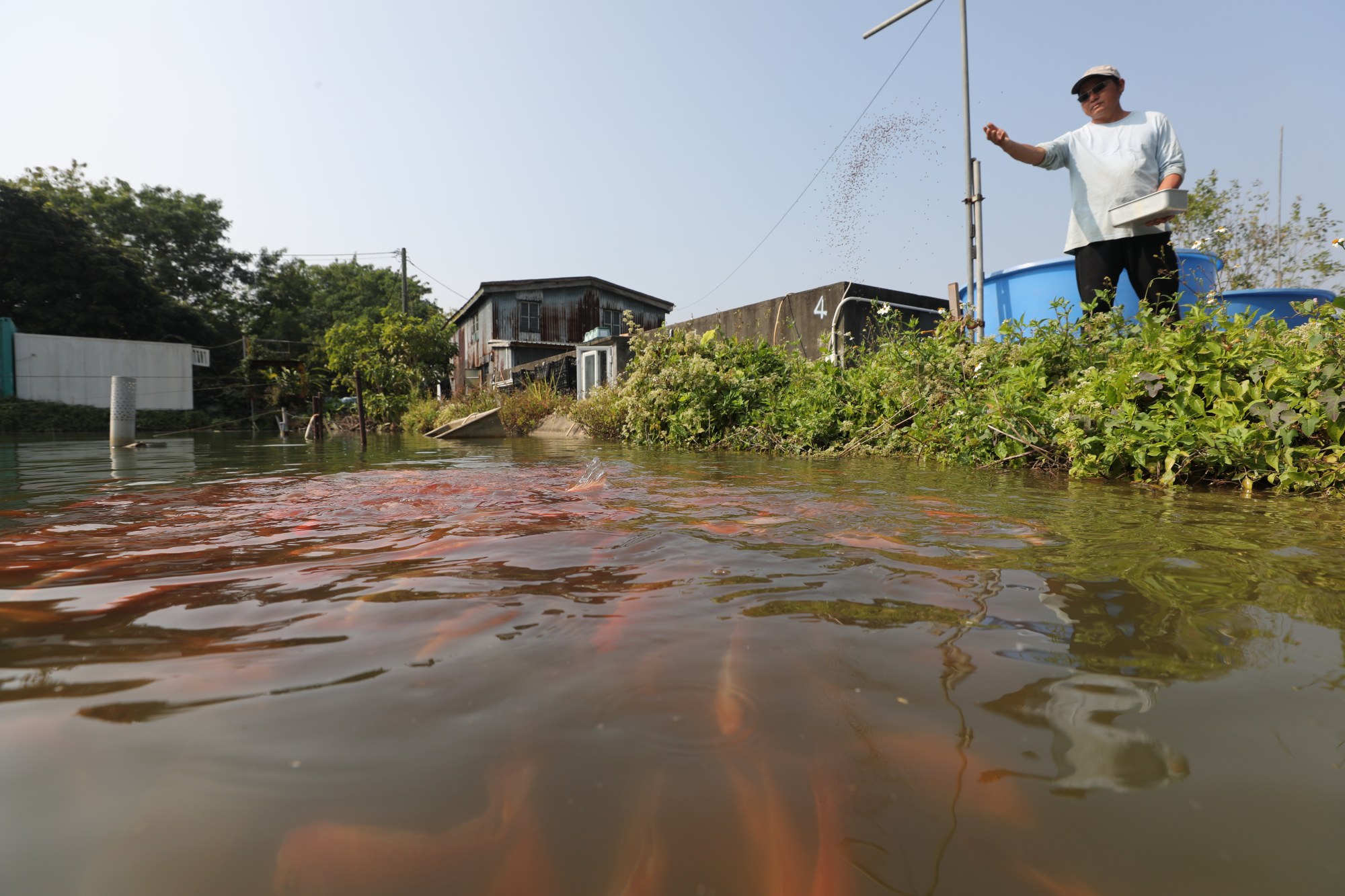
Hong Kong must lay out conservation park blueprint before building I&T hub on wetlands, planning experts say
- Government gives update on plan for 627-hectare San Tin Technopole project that will also provide more than 50,000 homes
- But given 90 hectares of wetland will be ‘sacrificed’, government should explain details for new conservation park, member of planning board says
The Hong Kong government should fully explain how it plans to create a conservation park near a new town that will take shape on wetlands along the border with mainland China before moving ahead with the ambitious proposal, experts have said.
Members of the Town Planning Board made the remarks during the government’s latest briefing on the 627-hectare (1,549-acre) San Tin Technopole project, half of which has been earmarked for innovation and technology (I&T) purposes.
The scheme, which aims to provide more than 50,000 homes on the remaining land, involves reclaiming about 90 hectares of fish ponds and the creation of the Sam Po Shue Wetland Conservation Park to offset the impact on the environment.
“Under our guidelines, many of these 90 hectares are actually wetland conservation areas … damaging such a large number of wetlands requires a detailed explanation, but there isn’t even a blueprint for the park at this moment,” board member Billy Hau Chi-hang said.
Colliers says investors need details on planned IT hub in Northern Metropolis
Hau said he believed the government was attempting to downplay the importance of the wetlands, which were near bird habitats.
The board member, who is also a principal lecturer in biological sciences at the University of Hong Kong, urged the government to provide a detailed proposal for the conservation park, including its boundaries.
The technopole’s I&T sections will have a combined area equivalent to the Shenzhen Innovation and Technology Zone across the border. The government is expected to mark certain tracts for specific functions by the end of this year and is exploring granting sites directly to leading tech companies to entice them to come to the city.
Hau on Friday expressed disappointment that authorities had yet to provide any data on whether there was any demand among companies to set up shop.
“Ninety hectares of wetland will be sacrificed to create the technopole. Shouldn’t the government provide us with the actual figures showing the supply and demand so that we will feel secure when we grant future land applications?” he said.

Fellow board member Lilian Law Suk-kwan echoed Hau’s concerns and called for the government to clearly lay out its conservation plan.
Permanent Secretary for Development Doris Ho Pui-ling, the board’s chairwoman, said officials had wanted to gauge the members’ thoughts before it revealed further details later in the year.
“If we don’t commence the project, the land production process will be delayed and cannot go hand in hand with the Innovation, Technology and Industry Bureau’s aim to provide land for investment and business as soon as possible,” Ho said, referring to the government target of allocating I&T sites as early as 2026.
Vic Yau Cheuk-hang, director of the Northern Metropolis Coordination Office, said concrete details on the conservation areas would be announced by the end of the year.
“We hope to use some progressive approaches, such as taking back some private fish ponds to develop in order to maximise our environmental capacity,” he said.
‘Hong Kong must do more to ensure technopole’s success, learn from past mistakes’
The San Tin project is one of several development schemes under the office’s purview as part of the Northern Metropolis initiative to turn 30,000 hectares into an economic and housing hub in the New Territories.
Separately, town planners approved a new mechanism that allows landowners to transfer development potential between sites to speed up urban renewal in two Kowloon areas, as well as preserve valuable architecture and create community spaces.
The new guidelines for transferring so-called plot ratios are expected to play a role in future land applications reviewed by the board.

